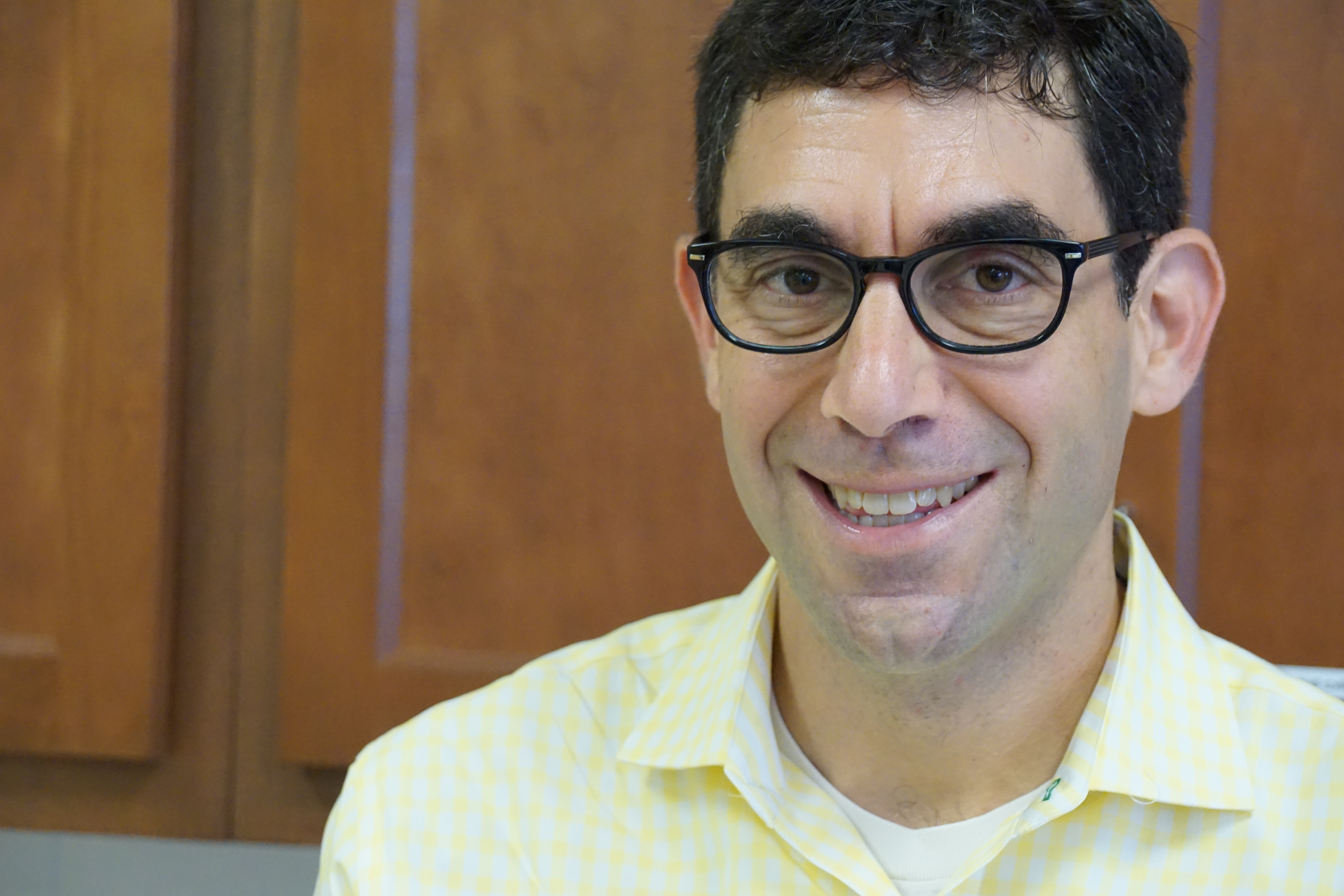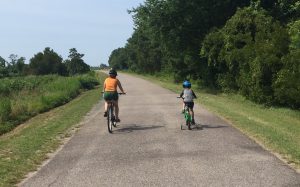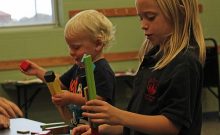Wilbur Wright was once asked what his favorite moment was in the invention of the airplane. He responded that his favorite part was not the flying, but lying in bed before they had succeeded, imagining what it would be like to fly.
The last days of the summer are like this for me. Teachers and students get the gift of a clean slate every August. We lie in bed thinking of new sneakers, new relationships, and new possibilities.
This is a pristine moment, when the actual, messy school year hasn’t yet begun. Once it starts, so do the lesson plans and grading, early mornings and late nights, and a host of impossible challenges. Before it all begins, though, I can look clearly towards what I want to accomplish, to imagine connecting the private moments of calm in my summer with the controlled chaos of hundreds of young lives converging in one building.
I split these last few days of summer between practical considerations and some spiritual shoring up. This year, for example, I am looking for apps to help me manage my notes on student conversations, and I’m rearranging my unit plans so I have a better idea about the holes in my curriculum. But I’m also going to stop by a museum, sit in the woods, and go on one last long bike ride with my son.
How can I take these private, centered moments of the summer and let them blossom throughout the school year? Sometimes I feel that I am packing for a long camping trip when I show up on the first day of school, but I have to remember that I can take on provisions along the way. The food of the soul that feeds adults and children during the summer, laughing together, playing in the sand, taking leisurely lunches or extended adventures at museums, are still available during the year. Maybe the solution is to somehow keep that summer feeling alive.
This depends on using the gifts that the school year gives me, taking advantage of every opportunity to laugh together, and to diverge from the plan whenever I can. Spontaneity and surprise are the fuel that powers my school year, and the best way to keep my energy flowing is to look for what my students really want, and figure out how to give it to them. When the last school year began, I wasn’t planning to teach binary numbers to my fourth graders or cast sea shells in wax every day at recess, but both of these activities rose up when I saw what my students wanted.
I also have to keep asking myself what I can do for those students who aren’t getting much out of school. If school feels like an unnatural place for a child, how can I help them truly be themselves within the walls of my classroom? How can I create a space where maybe their summer feelings can return a little?
I also have to look at myself when I’m not having much fun and ask, what is holding me back? When do I have a choice about the mood that I help create? How can I change the feeling in the air and inside my body?
I’ll add these questions to my tools for the new school year, alongside my ideas about new seating arrangements and new apps. Before I walk in the door of my school next week, I will take one more breath in the woods and enjoy one more unstructured moment, not because they will be my last for a while, but because I want to remember where to go when I will need them again. And to know that these feelings are not so far away.
— Mike Mangiaracina
 Many thanks to Mike Mangiaracina for kicking off our series of “Back to School” posts. And thanks for his monthly posts on the connections that can be found within the classroom, between teachers and students, and their shared world.
Many thanks to Mike Mangiaracina for kicking off our series of “Back to School” posts. And thanks for his monthly posts on the connections that can be found within the classroom, between teachers and students, and their shared world.
Send us your Back to School reflections.
Over the next few weeks, we’ll be posting short pieces about the end of summer and the start of the new school year. Send us your reflections on the end of summer (a time of renewal, a time to rest, a time to fulfill all those plans, or let them go); your thoughts about the upcoming school year (plans, hopes, dreams, your feelings of excitement, possibilities, trepidation or delight) or your suggestions for how to keep the summer feeling alive (as Mike so lovely captured).
We’re looking for short pieces (250-800 words) – once accepted we’ll quickly work with you to edit it, post it and share it with the world. Here are some guidelines for your submission. Questions? Contact us – we’d love to hear from you.
In exchange, we ask for your help sharing your post with your friends and colleagues and a contribution of $30 either to “pay it forward” by sending a Thank You note to a special teacher in your life (past or present) and a copy of Teaching with Heart (for more on how this works see our Thank You, Teacher Project) or to make a contribution directly to the website to help cover our efforts and the costs of maintaining the website.
Many thanks for your support!









Leave a Comment